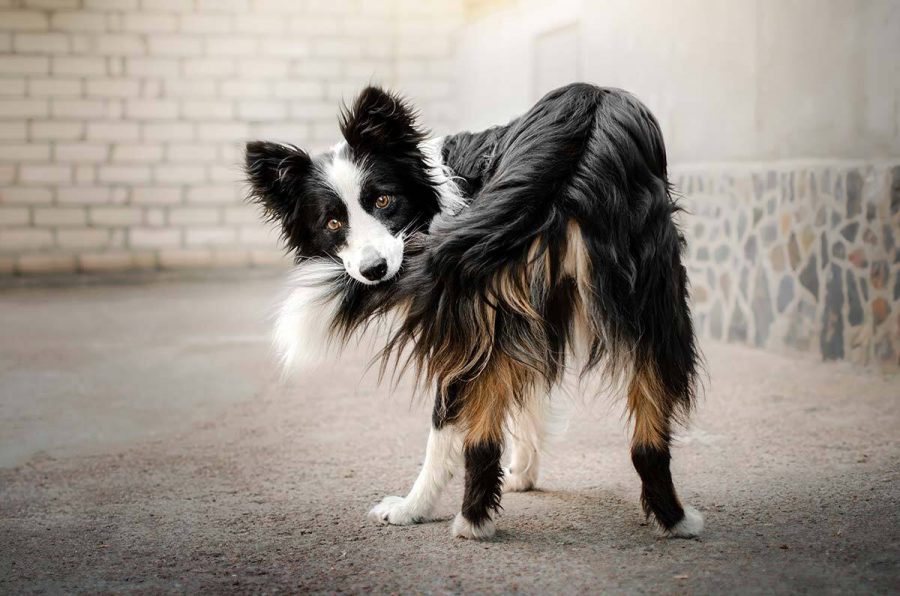Dogs have always been known for wagging, and as we know, they have a tail that can vary in shape and size depending on the breed. But what do dogs need their tails for? We have surely wondered at least once and here is the answer.
Why the dog moves its tail
The movement of the tail in dogs does not start right away. The puppies, in fact, until about three weeks of life, will only worry about feeding and sleeping, they have no particular interactions with their brothers. Once this first phase has passed, instead, the little ones begin to play and to relate with their fellows and it is here that their tail begins to move. But why does the dog move its tail? The phase of interaction with its siblings is fundamental for the development of dogs which, through the movement of the tail, learn to communicate. The tail is therefore a means of communication with which dogs try to make their intentions clear. The height, speed and direction of movement have different meanings and show signals about the state of mind of the dog. Besides communicating visually, the tail also helps in olfactory communication. The dog, in fact, by moving its tail spreads its smell.

Moving the tail to communicate
As said here, therefore, the tail is for the dog a method of communication with which the animal expresses its state of mind, either happy or tense. If the tail is in a firm vertical position, the dog is showing confidence, but it could also reveal an attitude of dominance; if the tail is always vertical but wags quickly it is just what it seems: the dog is full of joy and happiness! Again if, instead, the tail is vertical but moves slowly it is a more complex signal to interpret, it could mean a moment of indecision, a decision process (it could happen when the dog meets a stranger and doesn’t know how to behave); the lowered tail, instead, shows a state of fear, stress or uneasiness. The tail between the legs also points to a state of sadness, submission and fear (it usually happens when the dog is caught red-handed after making a mess). Finally, a low but relaxed tail is clearly a sign of tranquility: your dog is completely at ease. Now that you know all about your dog’s communication through his tail, you will surely be able to better understand its attitudes.
